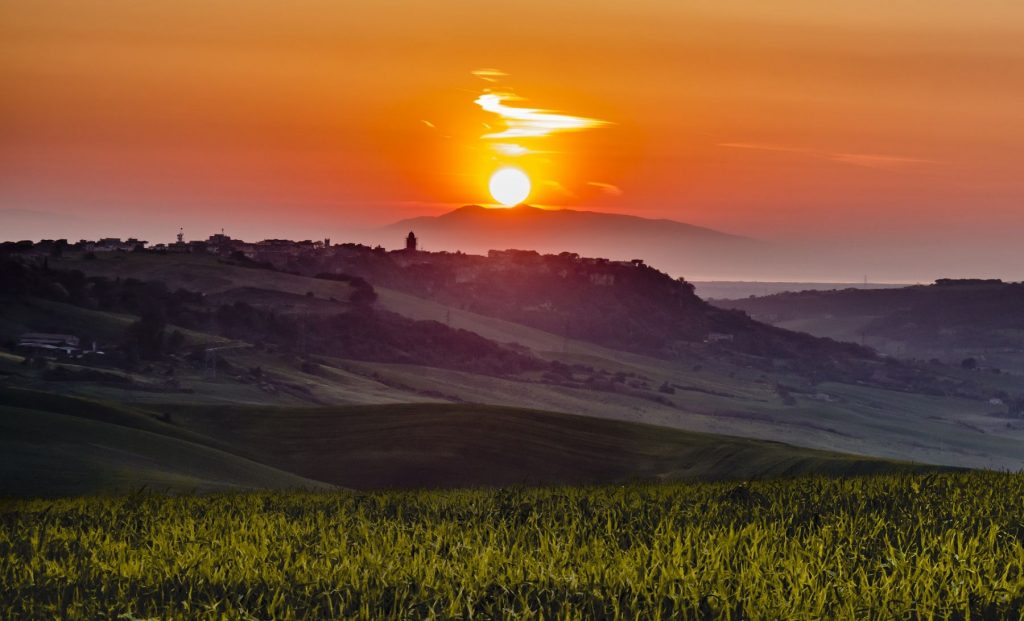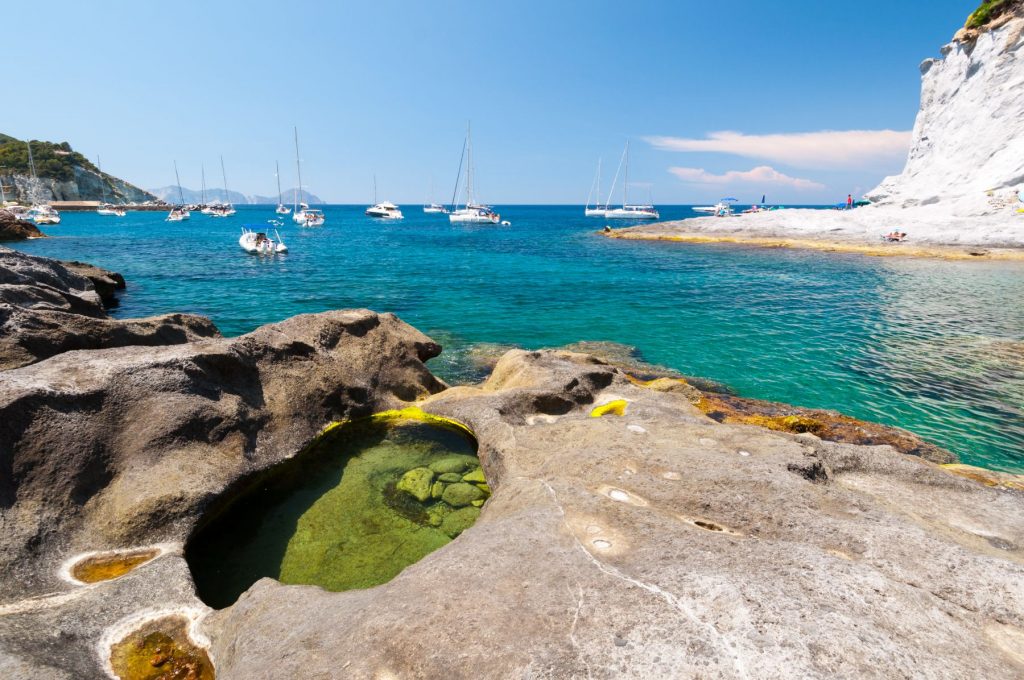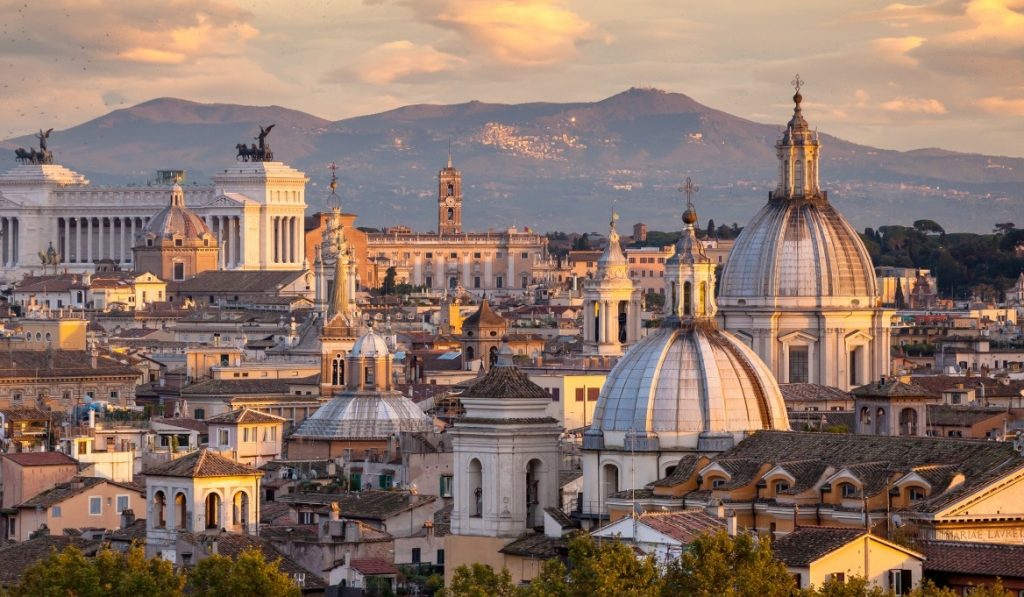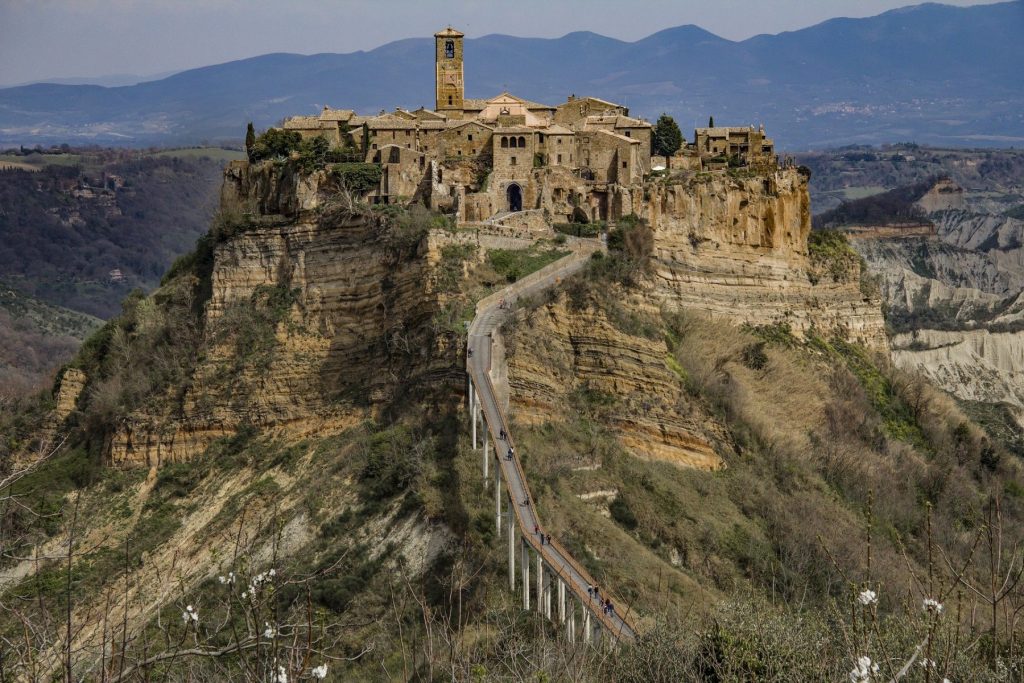Long before the Romans, there were the Latini, an Italic tribe that settled in central Italy during the Iron Age. The region of Lazio, or Latium, took its name from this tribe which would become the center of Western civilization. Today, more than 10 million people visit Rome every year, but not all of them have the chance to explore the rest of this magnificent region. It is true what they say- all roads lead to Rome but for the purpose of this article, all roads lead to Lazio.

Roma
There is no other place to begin than Rome. When you are in Rome, you are partaking in a history that shaped every single aspect of our world. You are walking where Emperors walked, where gladiators died in battle, where history was made. From the Colosseum to the Pantheon to the Spanish Steps to St. Peter’s Square and the Trevi Fountain, the Eternal City is just that- infinite- and it will capture your heart.
Tuscia
Lazio is also the land of the Etruscans and their traces are everywhere. Upper Lazio, specifically the Viterbo province, and extending all the way to the Tuscan and Umbrian borders is known as Tuscia. This is an area that has been called a “hidden gem” of Italy for its rich history, beautiful villages, and very under-developed tourism. You could easily devote an entire holiday to this area alone! Here are our favorite spots.
Tuscia’s Villages
The geology here is unique and hilltop villages are majestically perched atop rocky tuff mountains as if they’ve erupted from the earth. As of late, the most famous, and least populated, is probably Civita di Bagnoregio. Known as the “dying city” for having less than 50 permanent residents. We can assure you visiting here is a once in a lifetime kind of experience. Calcata is another very underpopulated hilltop village except this one is known for being the “grooviest village in Italy” for its artsy residents.
Lakes and Nature Reserves
Volcanic lakes dot the landscape throughout this region including Vigo Lake, Bolsena Lake, and Bracciano. Bolsena is actually the largest volcanic lake in all of Europe! It also has a lovely medieval historic center with its Monaldeschi Fortress.
Lake Bracciano is part of the Bracciano-Martignano Regional Park which is a favorite getaway for Romans when they want to unwind. Quaint lakeside towns such as Anguillara Sabazia, Trevignano Romano, and of course, Bracciano are charming and rarely overcrowded. This is also the perfect place to enjoy all kinds of outdoor sports from lake sports to horseback riding to mountain biking and more!
The Monte Rufeno Nature Reserve and the nearby town of Acquapendente are also definitely worth visiting if you love the outdoors. Visitors will be pleasantly surprised by the old farmhouses throughout the park that have been converted into inns and taverns.

Another lesser-known park is the Treja Valley Park which also boasts fabulous trails between Lake Bracciano and Calcata. One of the favorite spots is the Monte Gelato Waterfalls- spectacular!
And if you enjoy unusual outdoor locations then you’ll definitely want to visit the Bomarzo Gardens. This eccentric space is also called “Monsters’ Garden” for the gigantic, and sometimes frightening, sculptures that decorate the space. Designed by Prince Orsini in the 16th century, this park has become a major attraction in recent years.
Tarquinia and Tuscania
The Etruscan sites of Tarquinia and Tuscania are two of the most important in all of Italy revealing vital clues about this mysterious civilization. Thousands of tombs and beautiful frescoes were uncovered at these sites dating back as early as the 7th century BC: a must-see for any history buff!

Tivoli
Tivoli is just 30 km from Rome and boasts two fantastic villas- Hadrian’s Villa and the Villa d’Este. The almost 2,000-year-old villa was built for Emperor Hadrian and includes vast gardens, baths, and underground passageways and quarters.
Subiaco
Subiaco is also very close to Rome and doesn’t always make the must-see list but we think you should definitely consider visiting this amazing place. The Sanctuary of Sacro Speco is the attraction here. This is where the Order of St. Benedict began and where the saint himself spent several years as a hermit in the 5th century AD. This is a magical, spiritual place literally carved into the rock.
The Sea
Lazio is not the first place you think of when you imagine the Italian seaside because there are just so many world-renowned spots from which to choose, but that is not to say that it doesn’t have its share of fabulous coastline. The southern part of Lazio’s Latina province is known for its gorgeous beaches from the Circeo National Park, to the Pontine Islands, to Sperlonga with its archaeological site and Villa of Tiberius.

When in Rome…Cuisine
An entire article could be devoted to the best dishes to try in each of these places, but we will just stick to the most famous that you absolutely must try while you are here. Pasta dishes that are famous the world over include alla carbonara, all’Amatriciana, cacio e pepe, and gnocchi alla romana. Of course, the most famous cheese is pecorino romano present on every table. Side dishes and appetizers include the famous deep-fried artichokes and zucchini flowers as well as braised artichokes simply known as carciofi alla romana. DOC and DOCG wines include the whites Frascati Superiore (DOCG), Velletri DOC, and red Castelli Romani rosso DOC.
An English Benedictine monk once said…
“Rome will exist as long as the Colosseum does;
when the Colosseum falls, so will Rome;
when Rome falls, so will the world.”
We couldn’t agree more.



